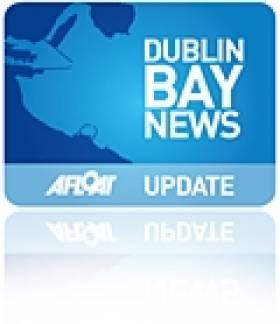Displaying items by tag: Best in Bay
Royal Irish Launches 'Best in the Bay' Competition
The Best In The Bay is a new sailing event designed to take the top helms from the various Dublin Bay Sailing Club keelboat classes and put them and their trimmers and tacticians head to head in the ISA Sailfleet J80 keelboats.
The competitors have been selected based on the Volvo Dun Laoghaire Regatta results, with the highest finishing DBSC boat based on either IRC, scratch or standard ECHO qualifying.
The event structure has two qualification fleet racing flights with the finals then emphasising match racing tactics in a reduced field final.
Notables in the field include Supernova, the boat of the week in the VDLR, competing against White Mischief, the VDLR one design boat of the week as well as J109, Cruisers 1, SB3, Dragon and other Cruiser fleet representatives.
The sailing will be kept close inshore to entertain the Bank Holiday crowds in Dun Laoghaire and will feature on the water judges for instant penalties and short match racing style courses for maximum tactical opportunities.
The Best In The Bay is modelled on the successful formula already used in the ISA All-Ireland Helmsman Championship and the King of Cowes event to bring the top helms from differing classes that would not normally compete against each other into an event on one design boats for a head to head challenge.




























































